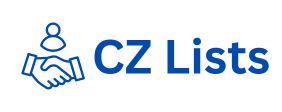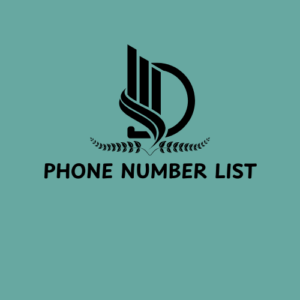You’ll find the trust timeline varies based on niche dynamics. Typically, it takes 6-18 months to establish credibility. Factors like market size, competition, and your engagement efforts can greatly impact this timeframe. Consistency and quality are key. What Role Does Social Media Play in Niche Market Trust-Building? Social media plays an essential role in niche market trust-building. You’ll find that content authenticity, influencer partnerships, customer engagement, and brand transparency are key factors. Data shows these elements greatly impact consumer trust and purchasing decisions in targeted markets. Can Oversaturation of a Niche Market Negatively Impact Trust-Building Efforts? Yes, oversaturation can hinder trust-building. Increased market competition affects consumer perception, making branding strategies vital. You’ll need to focus on loyalty development to stand out. Data shows unique value propositions are essential in crowded niches.
What Are the Risks of Pivoting Away From a Niche Market Once Established?
You’ll risk losing market loyalty and customer retention when pivoting from a niche. Brand consistency may suffer, impacting core values. You could lose your competitive edge and strategic alignment, potentially alienating your established customer base and market positioning. Final Thoughts You’ve witnessed the evolution of trust-building in australia phone number lead niche market targeting. By leveraging data-driven strategies and adapting to changing consumer preferences, you can establish lasting credibility. Remember, almost all consumers trust recommendations from people they know over traditional advertising. This underscores the importance of fostering authentic connections within your niche community. Continuously monitor metrics, engage with your audience, and refine your approach to stay relevant and trusted in your specialized market.
Enhance Client Communication for Marketing Agencies: A How-To
As a marketing agency, you’re well aware that client communication can make or break your success. But are you truly maximizing your potential in this vital area? Enhancing client communication isn’t just about sending more emails or scheduling additional meetings. It’s about creating a seamless, transparent, and trust-building experience that keeps your clients engaged and satisfied throughout their journey with your agency. By implementing strategic approaches and leveraging the right tools, you can transform your client relationships and set your agency apart from the competition. Let’s explore how you can take your client communication to the next level and reap the rewards of stronger partnerships.
Establish Clear Communication Channels
To kickstart effective client communication, establish clear channels from the outset. Begin by identifying your client’s preferred communication methods and styles. Tailor your approach to align with their preferences, ensuring message clarity and ideal engagement. Implement robust feedback mechanisms to foster two-way dialogue and continuous improvement. Set realistic expectations for response times and adhere to them consistently. This illustrates reliability and professionalism, building trust with your clients. Adjust your tone and language c phone number to match each client’s corporate culture, considering any cultural nuances or language barriers that may exist. Utilize visual aids when appropriate to enhance understanding and retention of complex marketing concepts. Develop a suite of engagement techniques to keep clients involved and informed throughout the marketing process. This may include regular check-ins, progress reports, and interactive presentations.
Set Realistic Expectations
How can you guarantee client satisfaction from the start? It all begins with setting realistic expectations. Effective expectation management is essential for maintaining positive client relationships and guaranteeing project success. Start by establishing realistic timelines for deliverables and clearly communicating these to your clients. Client alignment is key, so involve them in the planning process to confirm everyone’s on the same page. Proactive communication is your best tool for managing expectations. Regularly update clients on project progress, potential challenges, and any adjustments to the timeline. Establish deliverable standards early on, detailing what clients can expect regarding quality and format. Finally, engage in outcome forecasting to give clients a realistic picture of potential results. Remember, it’s better to under-promise and over-deliver than to set unrealistic expectations that lead to disappointment. By mastering these strategies, you’ll build trust and foster long-lasting client relationships.


